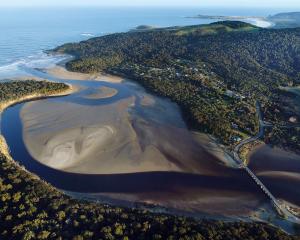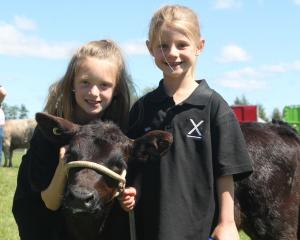
The request comes after the birds ‘‘swooped’’ on a family of walkers in Lawrence at the weekend.
Waitahuna resident Sarah Homer, her husband and two of their children were walking along the Otago Dam Track in Gabriel’s Gully, near Lawrence, on Saturday when a single karearea began to ‘‘dive bomb’’ the party.
‘‘We were about halfway up the trail and we could hear some squawking. Then it started having a crack at us. The kids were terrified.’’
The bird lightly scratched 10-year-old son Henry’s head on one pass, but the family moved on quickly and the attack stopped, she said.
Although the incident had been frightening, Mrs Homer said she understood why it had occurred.
‘‘At the end of the day, you’re in their territory. It’s not a walk we’d done before, so it was just a bit of a surprise.’’
Doc ecology technical adviser Bruce McKinlay said the species was ‘‘quite widespread’’in the South.
Observed numbers appeared to be increasing, due to formal protection of the species and co-operation from forestry firms.
‘‘Forestry blocks support quite a number of small prey birds like finches, which encourages the presence of karearea.
‘‘The role of forestry firms in supporting conservation work is significant.’’
He said defensive swooping behaviour during the November-December nesting season was ‘‘almost obligatory’’.
‘‘If you ever see it, they really put their heart into it.’’
Anyone experiencing such an attack should remove themselves calmly and quickly from the area.
Elsewhere, the Albert Town end of the Upper Clutha Track, near Wanaka, had been closed temporarily to protect a nesting pair.
He described the species as ‘‘aggressive, spectacular hunters’’.
‘‘They’re among the fastest diving birds in the world while hunting, reaching speeds of up to 150kmh. They’re silent and stealthy, with big talons, so it can be quite an experience being attacked.’’
He asked people to report sightings to Doc on 0800 362-468.













